| Type |
Two-seat trainer |
| Engine |
1 Walter Major 4 |
| Dimensions |
Length 7,55 m , height , span 10,66 m , wing area 14,0 m2 , |
| Weights |
Empty 530 kg, loaded 840 kg, max. take off weight |
| Performance |
Max.. speed 235 km/h , cruising speed 200 km/h, range 700 km, endurance , service ceiling 5000 m , climb to 2000 m 16,5 min. |
| Type |
Werk.Nr |
Registration |
History |
|
|
GA+CD |
|

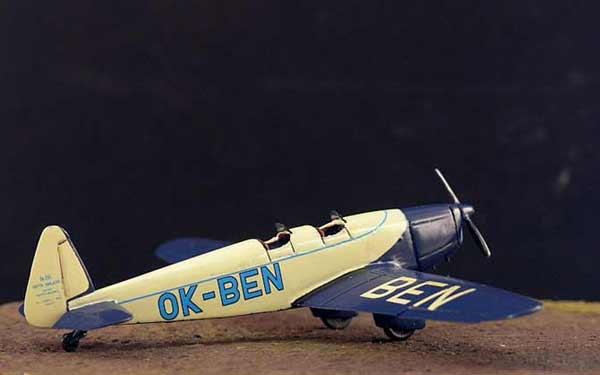

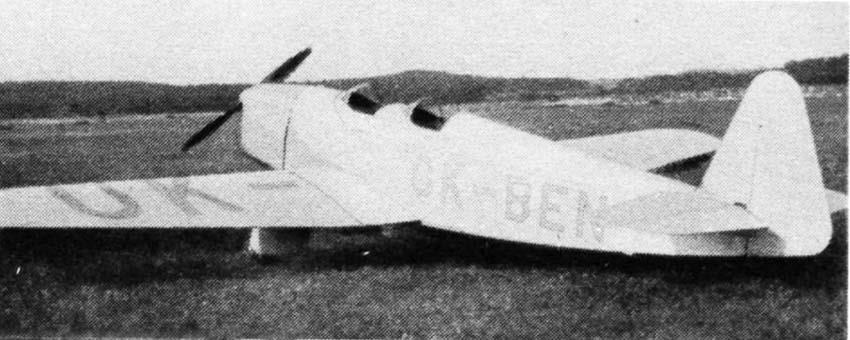
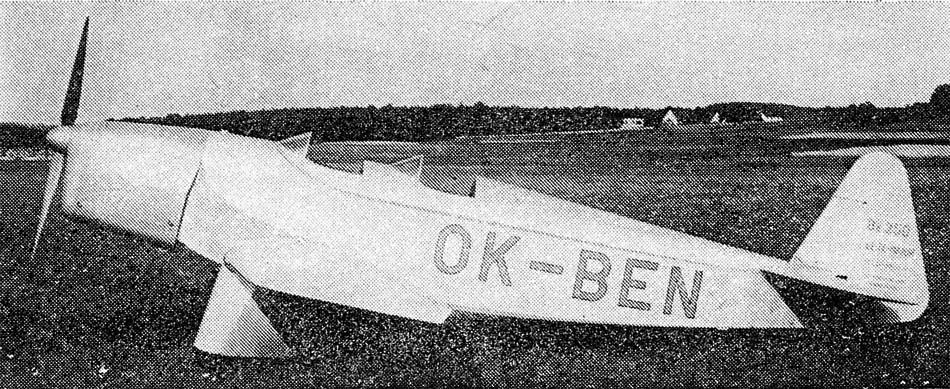
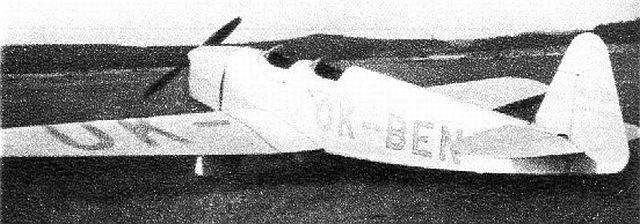
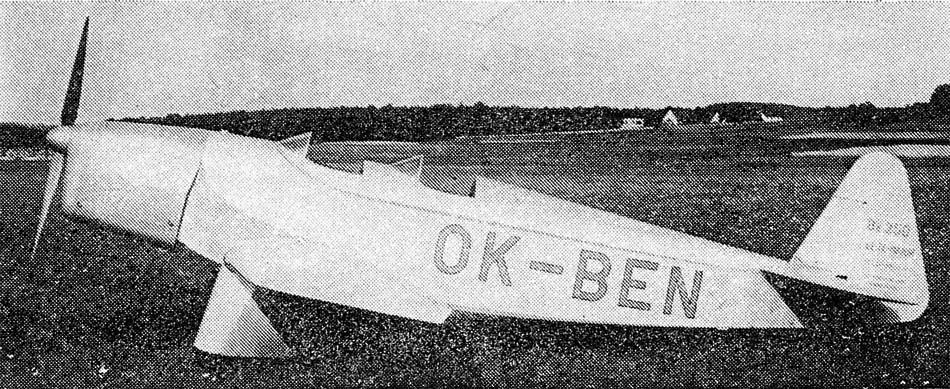
Less than half a year after the start of the new company's activities, the company Ing. Pavel Beneš and Ing. Jaroslav Mráz, aircraft factory in Chocna, with his second prototype Be-50 Beta Minor, the beginning of a new development line of modern training and sports aircraft. Walter's range of inverter motors allowed for a certain diversity in this project. And so, less than a year after the Be-50 aircraft with the Walter Minor 4 engine, the modified two-seater Be-250 Beta Major aircraft took off, and as the name suggests, with the most powerful engine offered in the Walter Mikron, Minor, Major inverted engine series.
The Beneš-Mráz Be-250 Beta Major was supposed to be the most powerful aircraft from the series of two-seater "Bet". The 88/96 kW (120/130 hp) Walter Major 4 engine with a two-bladed wooden propeller was powerful and the aircraft displayed an undeniably high quality, but in reality it was not that much, as it suffered from unwanted vibrations, especially in the low rpm range . The Walter Major 4 engine was created in the Walter factory in 1934 by a relatively simple modification of the very first, inverted, inline four-cylinder engine of the Jinonic company - the Walter Junior 4 engine (1932).
The low-wing aircraft was flown by factory pilot Josef Koukal on July 20, 1936 (OK-BEN). The company Beneš-Mráz made an attempt to sell the aircraft, but the disappointed customer returned it after a short time.
During the occupation, the pilot of the German commission damaged the plane. It only got out of Chocna in October 1943, when it was taken by train to Nitra in Slovakia and was operated by the Slovak state. It can be said that it was the only one of the family of aircraft produced by the Beneš-Mráz company before the war to survive in Czechoslovakia or in the "Tisov" Slovak Republic and was liberated. After World War II, the aircraft was used for training purposes under the designation C-25. However, he only flew for a short time.






